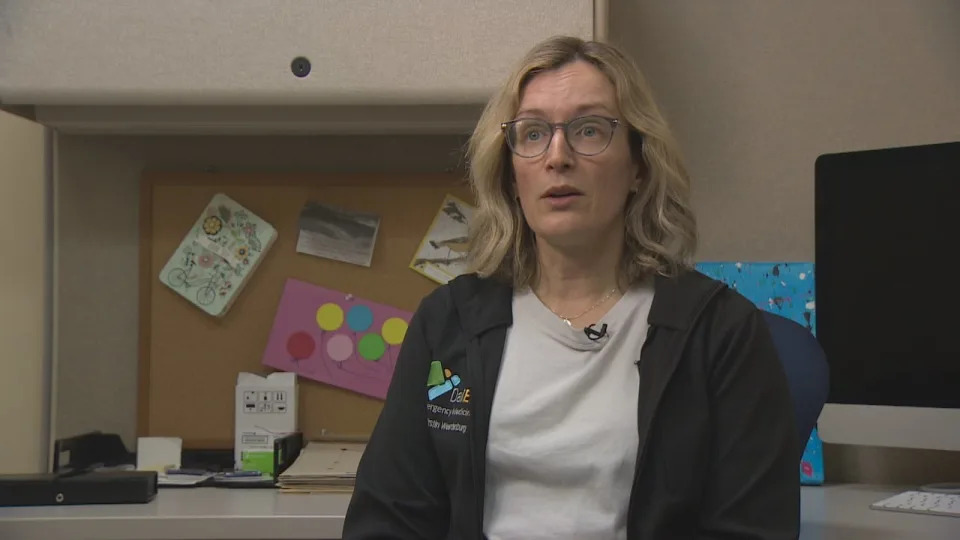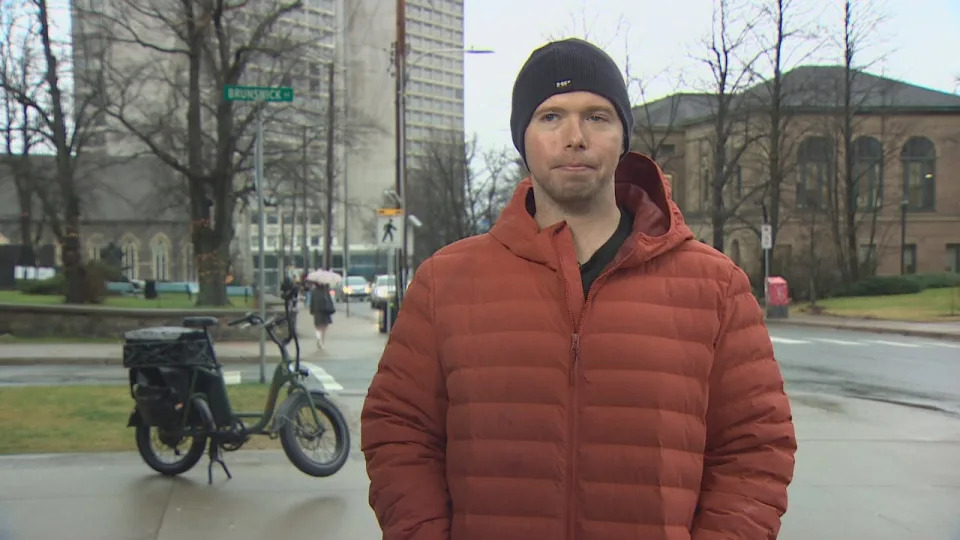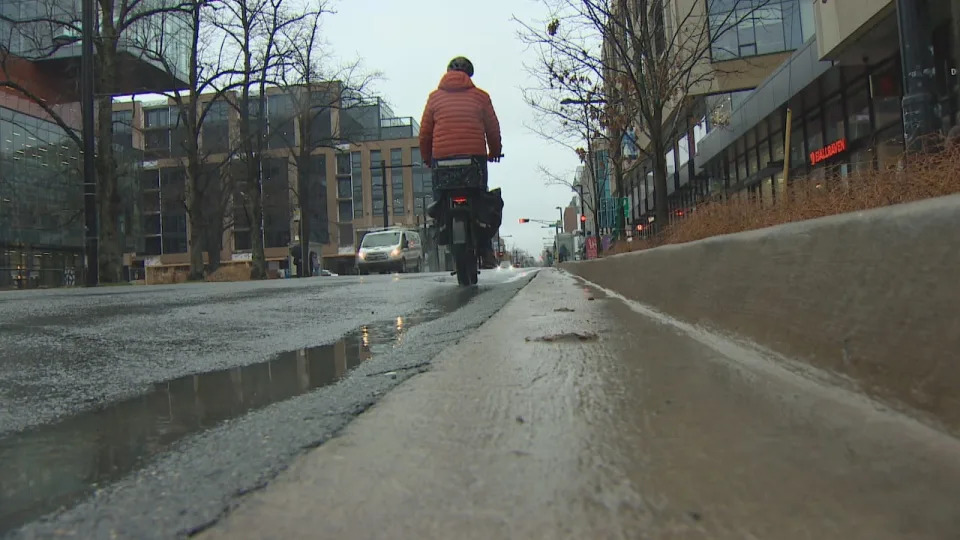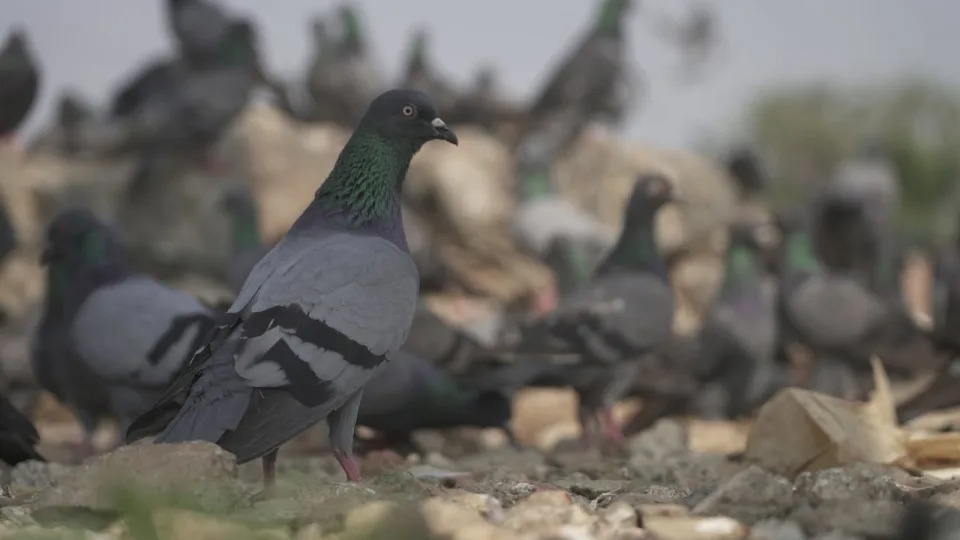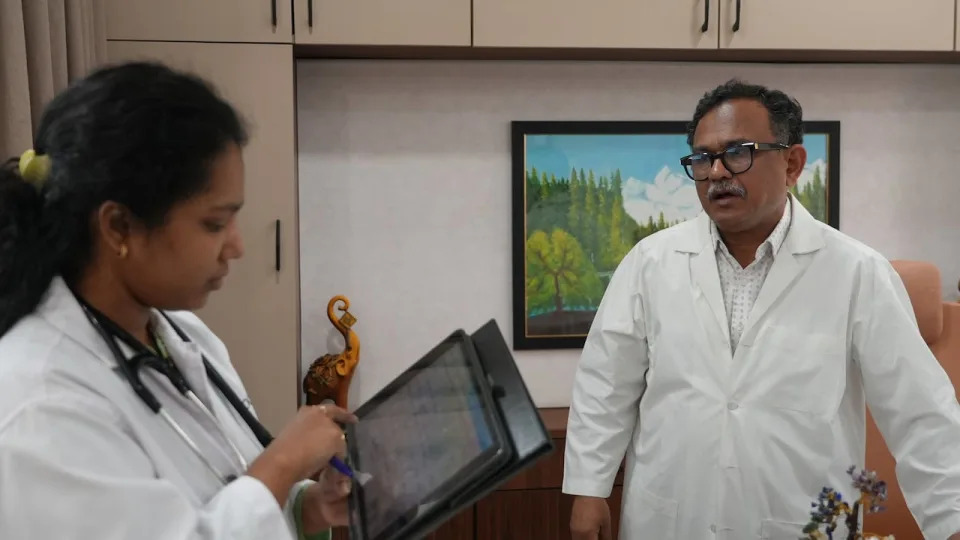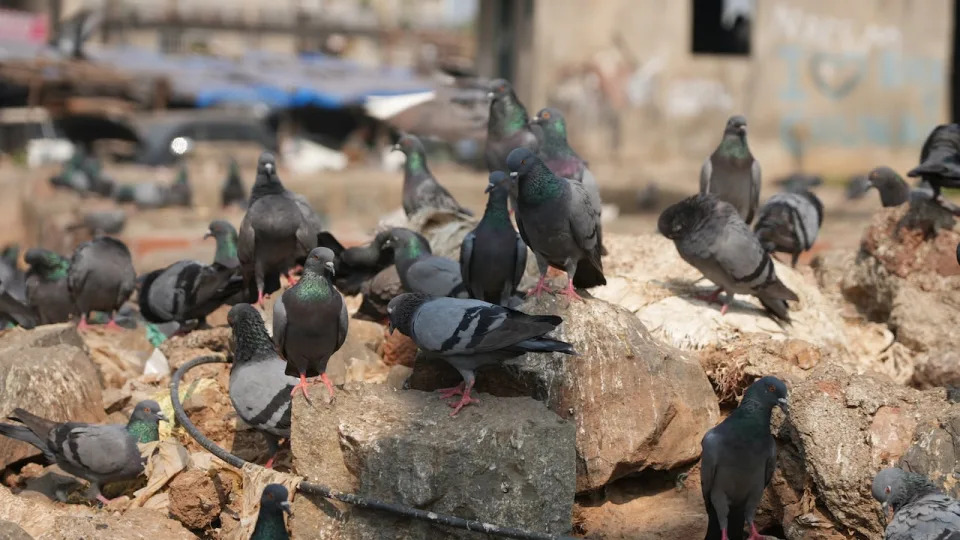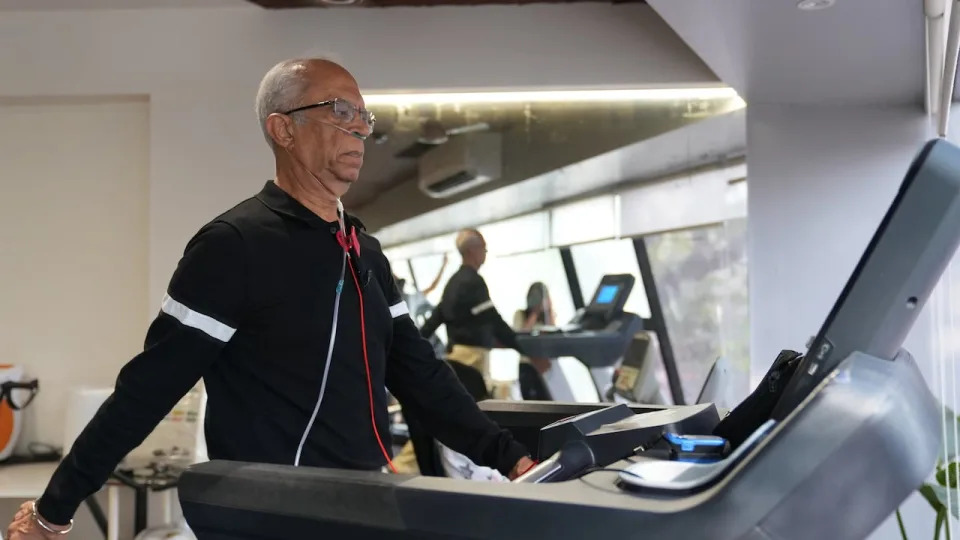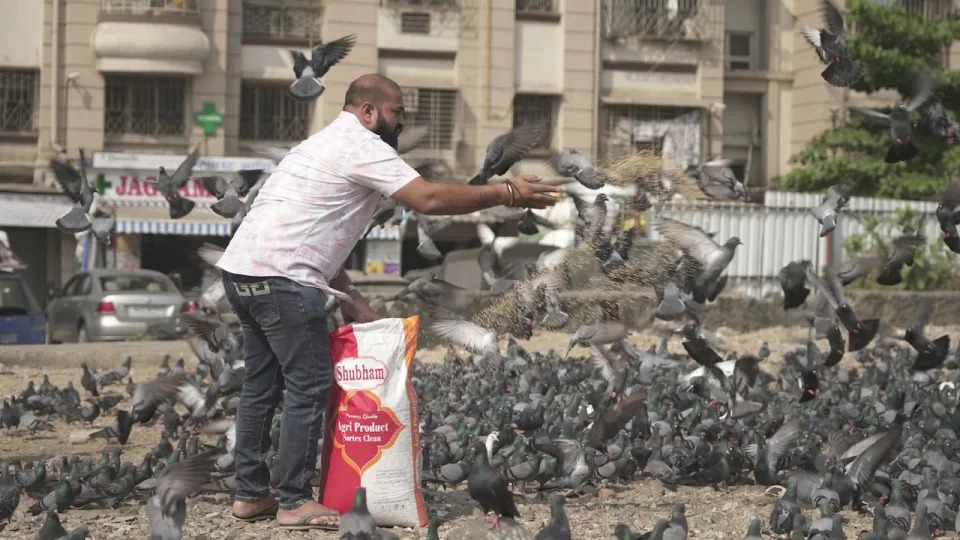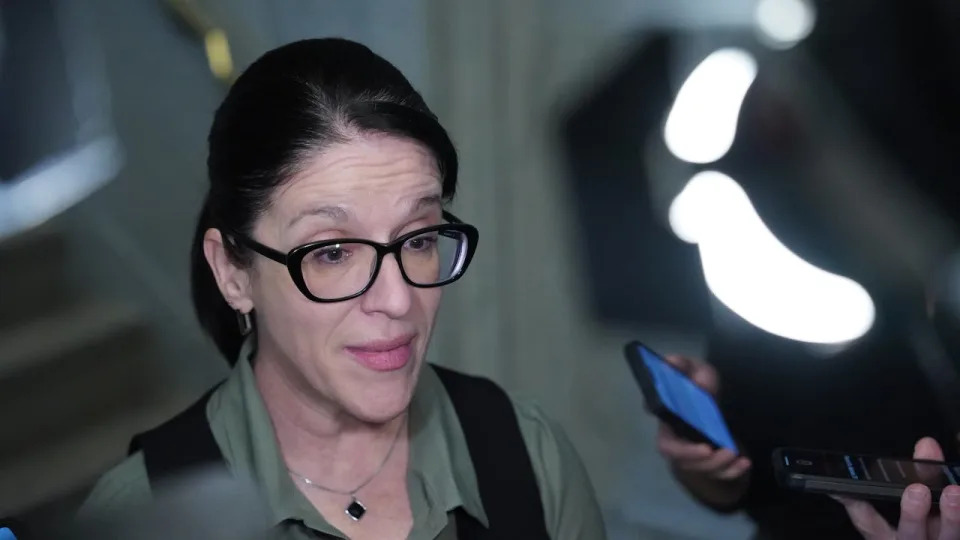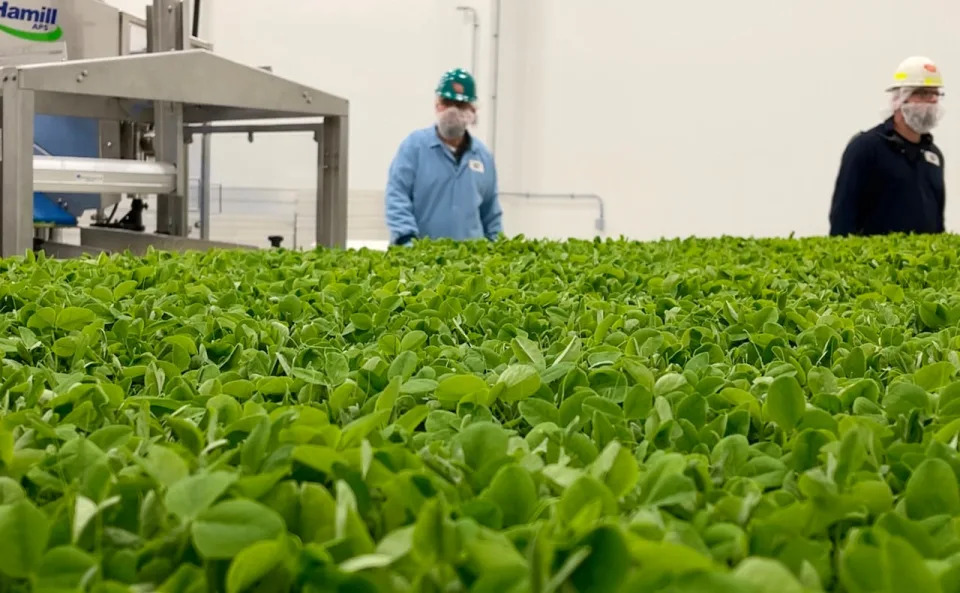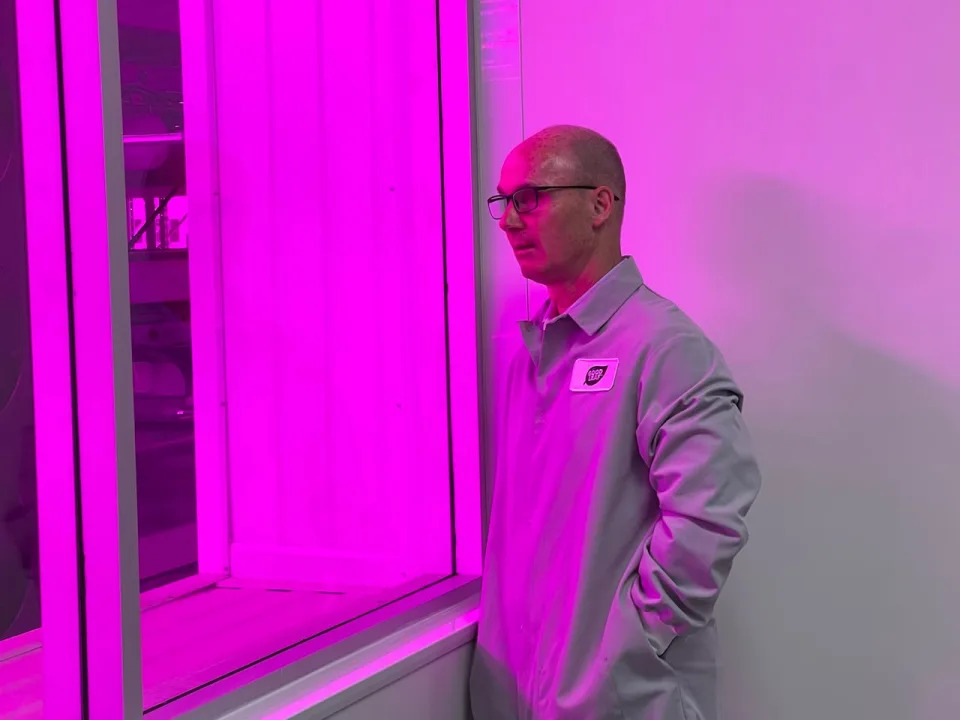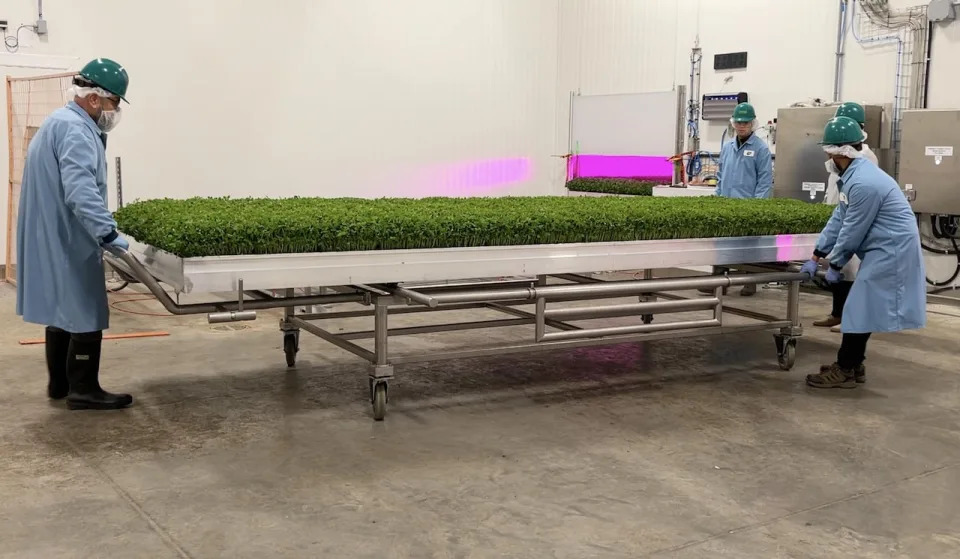CBC
Mon, December 25, 2023
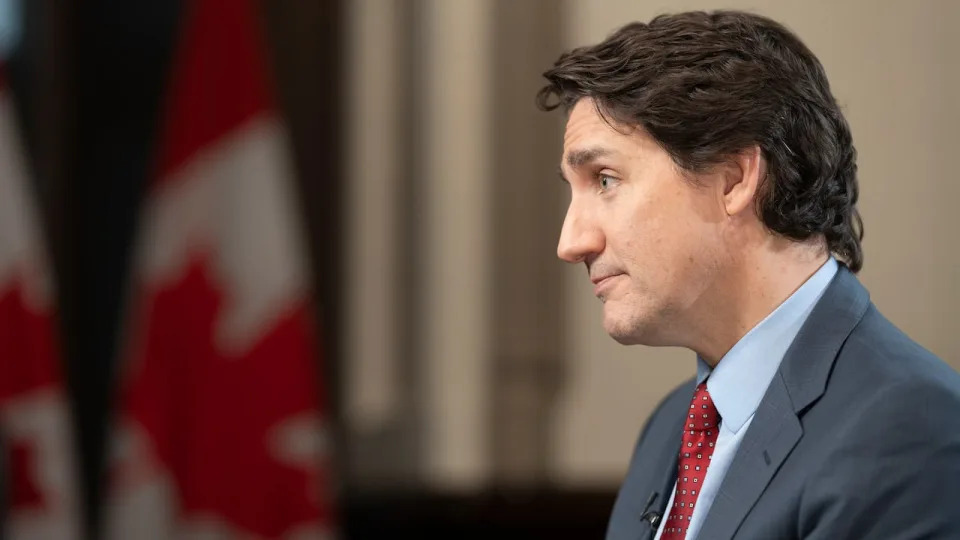
Prime Minister Justin Trudeau sits down with CBC chief political correspondent Rosemary Barton for a year-end interview on Tuesday, Dec. 19, 2023. (Marc Robichaud/CBC - image credit)
While it hasn't been a terrific year for the Liberal government, Prime Minister Justin Trudeau says he has no intention of stepping aside.
Recent polls have placed the Liberals well behind the Conservatives in voter support.
But Trudeau told CBC News chief political correspondent Rosemary Barton in a year-end interview that he's determined to stay on as Liberal leader.
"With the challenges that people are facing right now, with the way the world is going now and everything that we are doing that's making positive differences in a very difficult time that isn't done yet, I wouldn't be the person I am and be willing to walk away from this right now," he said.
The prime minister touched on a number of issues and challenges in his interview with Barton.
Carbon tax
Faced with internal pressure from members of his Atlantic caucus, Trudeau announced a carve-out for one of his key environmental policies in October.
The government is exempting heating oil from the federal carbon tax for three years. Trudeau said the move is meant to help those who currently use oil furnaces to hear their homes to switch to greener sources like electric heat pumps.
The exemption became a political flashpoint during the House of Commons' fall sitting, with Conservative Leader Pierre Poilievre claiming that Trudeau made the carbon tax the issue that will define the next election.

Prime Minister Justin Trudeau sits down with CBC chief political correspondent Rosemary Barton for a year-end interview on Tuesday, Dec. 19, 2023.
Prime Minister Justin Trudeau sits down with CBC chief political correspondent Rosemary Barton for a year-end interview on Tuesday, Dec. 19, 2023. (Marc Robichaud/CBC)
Asked if he was trying to save Liberal seats in Atlantic Canada, where 30 per cent of homeowners have oil furnaces, Trudeau maintained that the exemption is meant to give people more time to switch to heat pumps.
"Politics is about responding to people's problems and that doesn't mean that there wasn't deep, real policy concerns," he said.
The federal carbon tax applies in provinces and territories that don't have carbon pricing systems that Ottawa considers sufficient to lower greenhouse gas emissions. Households in those provinces receive a rebate to offset the tax.
Asked if his government has failed to communicate how the policy works, Trudeau said he'll continue to reach out to Canadians.
"It's always harder for a government to talk about its proposals than it is for an opposition party to critique them. That's the way our government, that's the way our democracy is set up," he said.
Foreign interference
Foreign interference dominated the political arena in the first half of the year after a number of media reports — citing unnamed security sources and classified documents — accused China of meddling in the 2019 and 2021 federal elections.
Under pressure from opposition parties, the federal government launched a public inquiry to investigate foreign interference in elections.
Barton asked Trudeau if he thinks those who leaked the top secret information will face criminal charges.
"I certainly hope so. The integrity of our intelligence services and, quite frankly, the well-being of people who put their lives at risk around the world in some very dangerous places [are] at risk every time there are leaks from our national security framework," he said.
Barton pointed out that if it hadn't been for the leaks, a public inquiry might never have been launched. But Trudeau suggested that his government has been active in preventing foreign interference. He pointed to the establishment of the National Security and Intelligence Committee of Parliamentarians, a group of MPs who are given access to top secret information.
"We have very robust oversight mechanisms, including the National Security and Intelligence Committee of Parliamentarians, which we set up exactly for those oversights so that politicians can raise the flag when things are going on," he said. "We've been doing lots and we're going to continue to do lots."
Housing
The Liberals returned to the House of Commons in September and immediately launched a new policy push on housing.
Trudeau shuffled his cabinet in the summer and put Nova Scotia MP Sean Fraser in charge of the housing file. Fraser has since announced a number of funding deals with municipalities aimed at boosting housing construction.
But Canada's national housing agency estimates that, in order to address the problem of unaffordable housing, almost 3.5 million new units would have to be built by the end of the decade, over and above construction already in the works.

Conservative Leader Pierre Poilievre holds a press conference regarding his “Axe the Tax” message from the roof of a parking garage in St. John’s on Friday, Oct. 27, 2023.
While he agreed more needs to be done on housing, Trudeau said programs like the Rapid Housing Initiative and the first home savings account (FHSA) will help more Canadians afford homes.
"I think young people are rightly worried about [affording a home] because right now the situation is so difficult," he said. "But the things we're putting in place means that young people will be able to aspire to own a home."
Trudeau acknowledged in the interview that 2023 has been a difficult year for him personally. In August, he and his wife Sophie Grégoire Trudeau announced that they had decided to separate.
Trudeau told Barton that his personal challenges haven't affected his job and he credited his cabinet with limiting the impact his separation had on his work.
"I have an amazing team of extraordinary ministers around who are doing great, great work," he said.
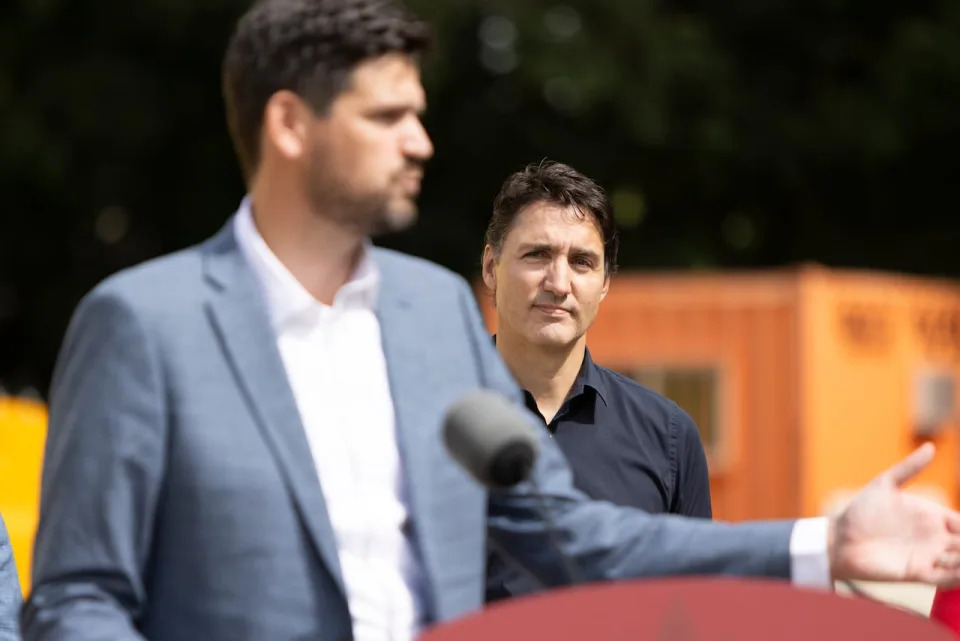
Prime Minister Justin Trudeau watches Minister of Housing Sean Fraser as he speaks at the construction site of an affordable housing project in London, Ont. on Wednesday, September 13, 2023. (Nicole Osborne/The Canadian Press)
Trudeau said the separation has given him a "renewed focus."
"One of the things that this personal process and personal year has led to ... was a renewed focus on the things that really, really matter," he said. "At the centre of it is building a better country and a better future for my kids."
Asked where he finds optimism after a rough year, Trudeau pointed to his government's child-care agreements with provinces and recent deals to create electric vehicle battery plants in Ontario and Quebec.
"A lot of things that we're putting into place now are going to be delivering [results] in the coming years," he said.
"Yes, it's really tough right now and people are frustrated and people are uncertain. But the building blocks are there."
